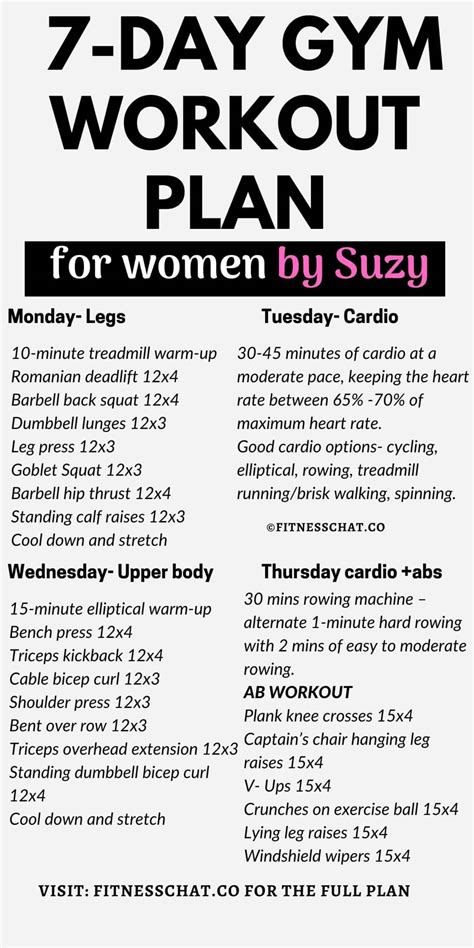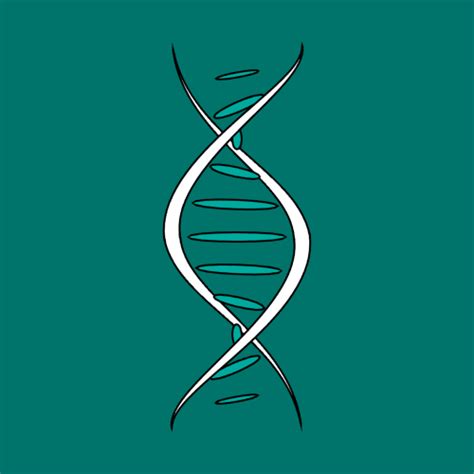Navigating Fitness After 30: A Realistic Approach
As we cross the threshold of 30, many people notice a shift in their bodies and metabolism. Losing weight, especially that stubborn belly fat, and building lean muscle can feel like an uphill battle compared to our younger years. This isn’t just in your head; physiological changes like a naturally slowing metabolism, hormonal fluctuations (e.g., decreased testosterone in men, estrogen shifts in women), and often a more sedentary lifestyle contribute to these challenges. However, it’s absolutely possible to achieve your fitness goals with a strategic, consistent, and smart approach.

The Nutritional Blueprint: Fueling for Fat Loss and Muscle Growth
Nutrition is arguably the most critical component when it comes to transforming your body after 30. It’s not about crash diets but sustainable changes.
- Prioritize Protein: Aim for 1.6-2.2 grams of protein per kilogram of body weight daily. Protein is crucial for muscle repair and growth, helps keep you feeling full, and has a higher thermic effect (meaning your body burns more calories digesting it). Lean meats, fish, eggs, dairy, and plant-based proteins are excellent choices.
- Smart Calorie Control: To lose fat, you need to be in a slight calorie deficit, but not so severe that it’s unsustainable or compromises muscle. Focus on nutrient-dense whole foods that provide vitamins, minerals, and fiber while keeping calories in check.
- Healthy Fats and Complex Carbs: Don’t demonize carbs or fats. Healthy fats (avocado, nuts, seeds, olive oil) are vital for hormone production and satiety. Complex carbohydrates (whole grains, fruits, vegetables) provide sustained energy for workouts and fiber for digestive health.
- Hydration is Key: Drink plenty of water throughout the day. Often, thirst is mistaken for hunger, and proper hydration supports metabolism and all bodily functions.
Smart Strength Training: Building Your Metabolic Engine
Building lean muscle is your secret weapon against a slowing metabolism. Muscle tissue burns more calories at rest than fat tissue, making it a powerful tool for fat loss.
- Focus on Compound Movements: Incorporate exercises that work multiple muscle groups simultaneously, such as squats, deadlifts, bench presses, overhead presses, and rows. These are highly effective for stimulating muscle growth and burning calories.
- Progressive Overload: To continue building muscle, you must consistently challenge your body. This means gradually increasing the weight, reps, sets, or decreasing rest times over time.
- Consistency is Crucial: Aim for 3-4 full-body or upper/lower split strength training sessions per week. Allow adequate rest for muscle recovery and growth.

Strategic Cardio: Boosting Fat Burning Without Overdoing It
Cardio plays a supporting role, enhancing fat loss and cardiovascular health without interfering with muscle growth.
- Incorporate HIIT: High-Intensity Interval Training (HIIT) can be very effective for burning calories and improving cardiovascular fitness in a shorter amount of time. Short bursts of intense exercise followed by brief recovery periods.
- Mindful LISS: Low-Intensity Steady State (LISS) cardio, like brisk walking, jogging, or cycling, is excellent for active recovery, reducing stress, and burning additional calories without excessive strain. Don’t overdo cardio, especially if it interferes with your strength training recovery or creates too large a calorie deficit.

Lifestyle Factors: The Unsung Heroes of Transformation
Beyond the gym and kitchen, several lifestyle elements significantly impact your ability to lose fat and build muscle.
- Prioritize Sleep: Aim for 7-9 hours of quality sleep per night. Poor sleep can disrupt hormones like cortisol (stress hormone, linked to belly fat) and ghrelin/leptin (hunger/satiety hormones), making fat loss incredibly difficult.
- Manage Stress: Chronic stress elevates cortisol, which can promote fat storage around the midsection. Incorporate stress-reducing activities like meditation, yoga, spending time in nature, or hobbies into your routine.
- Consistency and Patience: Body transformation is a marathon, not a sprint, especially after 30. Be consistent with your nutrition and training, and be patient with the process. Celebrate small victories and don’t get discouraged by plateaus.
- Stay Active: Beyond structured workouts, look for ways to increase your Non-Exercise Activity Thermogenesis (NEAT) – take the stairs, walk more, stand while working. Every little bit adds up.

Conclusion: Your Path to a Stronger, Leaner You
Losing stubborn belly fat and building lean muscle after 30 requires a holistic and consistent approach. By focusing on a high-protein, nutrient-dense diet, embracing smart strength training with progressive overload, incorporating strategic cardio, and prioritizing essential lifestyle factors like sleep and stress management, you can absolutely achieve a leaner, stronger, and healthier physique. Remember, consult with a healthcare professional or a certified fitness expert to tailor a plan that’s safe and effective for your individual needs and health conditions.





